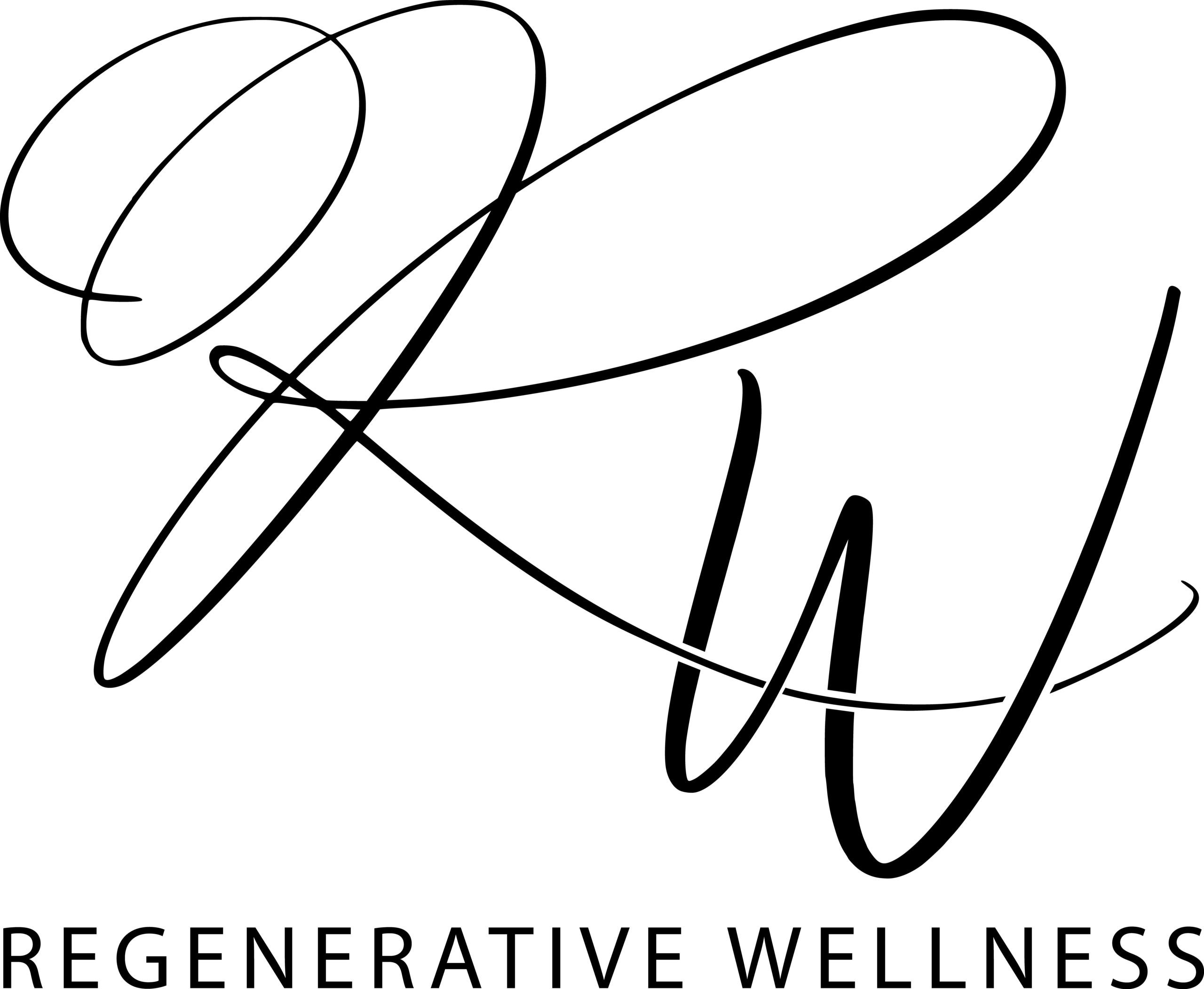French Green Clay
What Is It?
French Green Clay, also known as Montmorillonite clay, is a mineral-rich, highly absorbent clay naturally sourced from quarries in France. It is widely used in skincare for its ability to purify, detoxify, and balance oil production, making it ideal for oily, acne-prone, and combination skin. The green colour comes from decomposed plant matter and iron oxides, which contribute to its powerful skin-rejuvenating properties.
INCI (International Nomenclature of Cosmetic Ingredients)
Montmorillonite, or Kaolin (depending on source and composition)
Proper Storage & Shelf Life
Storage: Store in a cool, dry place in an airtight container, away from moisture and direct sunlight.
Shelf Life: Indefinite when stored properly, as it is a natural mineral.
Refined Or Unrefined
Unrefined: Rich green colour, high mineral content, full therapeutic benefits.
Refined: Lighter in colour, smoother texture, slightly reduced mineral content.
Is It Necessary?
Not essential but highly beneficial for deep cleansing, detoxifying, and balancing excess oil in skincare. Commonly used in face masks, cleansers, and body treatments.
Texture & Consistency
Fine, soft powder that forms a smooth, creamy paste when mixed with liquid.
Natural Scent Profile
Earthy, slightly mineral-like aroma.
Solubility & Compatibility
Insoluble in water but forms a smooth, spreadable paste when hydrated.
Compatible with hydrosols, essential oils, botanical extracts, and exfoliants.
Works well in face masks, cleansers, body wraps, and exfoliating treatments.
Benefits In Your Skincare
Deeply detoxifies by drawing out toxins and impurities
Absorbs excess oil while maintaining skin balance
Tightens pores and improves skin texture
Rich in minerals like silica, magnesium, calcium, and iron
Stimulates circulation for a glowing complexion
Soothes inflamed, acne-prone skin
PH
pH Range: 7.0 to 7.5 (Neutral to slightly alkaline)
Absorbency Rate
Very high – French Green Clay has strong absorbent properties, capable of drawing out oil, impurities, and toxins from the skin. It can absorb up to its own weight in water, making it more absorbent than kaolin but slightly less than bentonite.
Recommended Usage Rate
Face Masks & Cleansers: 10%–50%Body Wraps & Scrubs: 10%–60%Soaps & Exfoliants: 5%–30%
Appearance
Unrefined: Rich green, fine powder
Refined: Lighter green to pale grey, smoother texture
Strengths
✅ Powerful detoxifier and skin purifier
✅ High mineral content for skin nourishment
✅ Helps clear acne and excess oil
✅ Improves circulation and skin tone
✅ Gentle exfoliating properties
Weaknesses
❌ Can be too drying for very dry or sensitive skin
❌ Requires hydration before use
❌ Can stain fabrics or porous surfaces
❌ Not recommended for daily use (overuse may strip natural oils)
Alternative Ingredients/ Substitutions
Rhassoul Clay: Gentler, slightly more nourishing, great for all skin types.
Bentonite Clay: Stronger absorption, better for extremely oily skin.
Kaolin Clay: Milder alternative for sensitive or dry skin.
Best Practices
Mix with rose water, aloe vera, or green tea for a hydrating face mask.
Combine with charcoal powder for an extra detoxifying effect.
Blend with oatmeal or honey for a soothing mask for sensitive skin.
Store in an airtight container to prevent contamination from moisture.
Tips & Tricks
For oily/acne-prone skin: Mix with apple cider vinegar for a deep-cleaning mask.
For a brightening effect: Blend with lemon juice and honey.
For sensitive skin: Use with chamomile tea instead of water.
For body detox wraps: Combine with seaweed powder for extra mineral benefits.
Recommended Starter Amount
50g–200g
